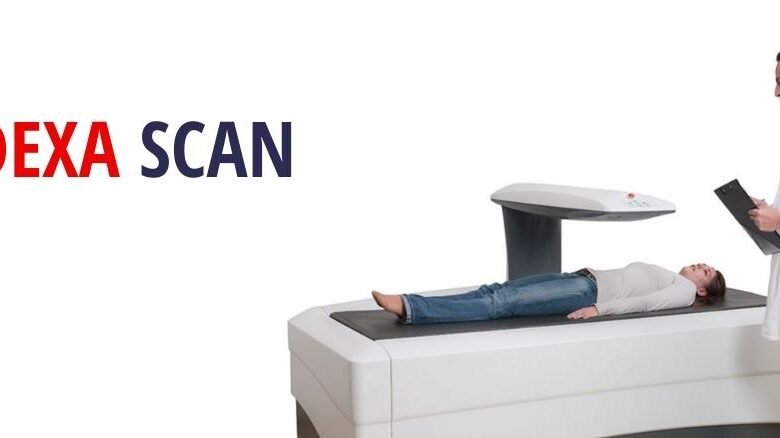Precision in Bone Density: Understanding the Significance of DEXA Scans

Maintaining optimal bone health is a crucial aspect of overall well-being, and the ability to assess bone density accurately plays a pivotal role in preventive healthcare. Dual-energy X-ray absorptiometry (DEXA) scans have emerged as the gold standard in bone density assessment, offering precision and valuable insights into bone strength. This article delves into the significance of Dexa Scan, exploring their role in understanding bone health and the importance of precision in the evaluation process.
The Basics of DEXA Scans
DEXA scans utilize low-dose X-rays to measure bone mineral density (BMD) at specific points in the body, most commonly the hip and spine. The scan provides detailed images, allowing healthcare professionals to assess the density of bone minerals and identify potential issues such as osteoporosis or osteopenia.
Gold Standard for Accuracy
DEXA scans are considered the gold standard in bone density assessment due to their high level of accuracy and precision. The technology used in DEXA scans can detect even subtle changes in bone density, making it a reliable tool for early detection of conditions that may compromise bone strength. This precision is essential in developing effective treatment plans and preventive measures.
Early Detection of Osteoporosis
One of the primary purposes of DEXA scans is the early detection of osteoporosis, a condition characterized by weakened bones and an increased risk of fractures. By assessing bone density accurately, DEXA scans enable healthcare professionals to identify individuals at risk and implement interventions to prevent fractures before they occur.
Monitoring Bone Health Over Time
Beyond initial assessments, DEXA scans are valuable for monitoring changes in bone density over time. This longitudinal view allows healthcare providers to track the effectiveness of treatments, adjust interventions as needed, and provide personalized care to maintain or improve bone health.
Risk Assessment for Fractures
DEXA scans not only diagnose bone conditions but also help in assessing the risk of fractures. By identifying areas of reduced bone density, healthcare professionals can develop targeted strategies to reduce the likelihood of fractures, enhancing the overall quality of life for individuals at risk.
Guiding Treatment and Lifestyle Recommendations
The precision offered by DEXA scans guides healthcare professionals in developing personalized treatment plans and lifestyle recommendations. Whether it involves medication, nutritional supplements, or lifestyle modifications, the insights gained from DEXA scans ensure that interventions are tailored to the individual needs of the patient.
Conclusion:
In the realm of bone health, precision is paramount, and DEXA scans stand out as a key diagnostic tool. Understanding the significance of DEXA scans goes beyond the identification of bone conditions; it involves proactive and preventive healthcare. By offering a precise assessment of bone density, DEXA scans empower individuals and healthcare providers to take informed steps towards preserving and enhancing bone health. As we continue to prioritize preventive medicine, DEXA scans emerge as a crucial component in the quest for precision in bone density assessment and the promotion of long-term skeletal well-being.



